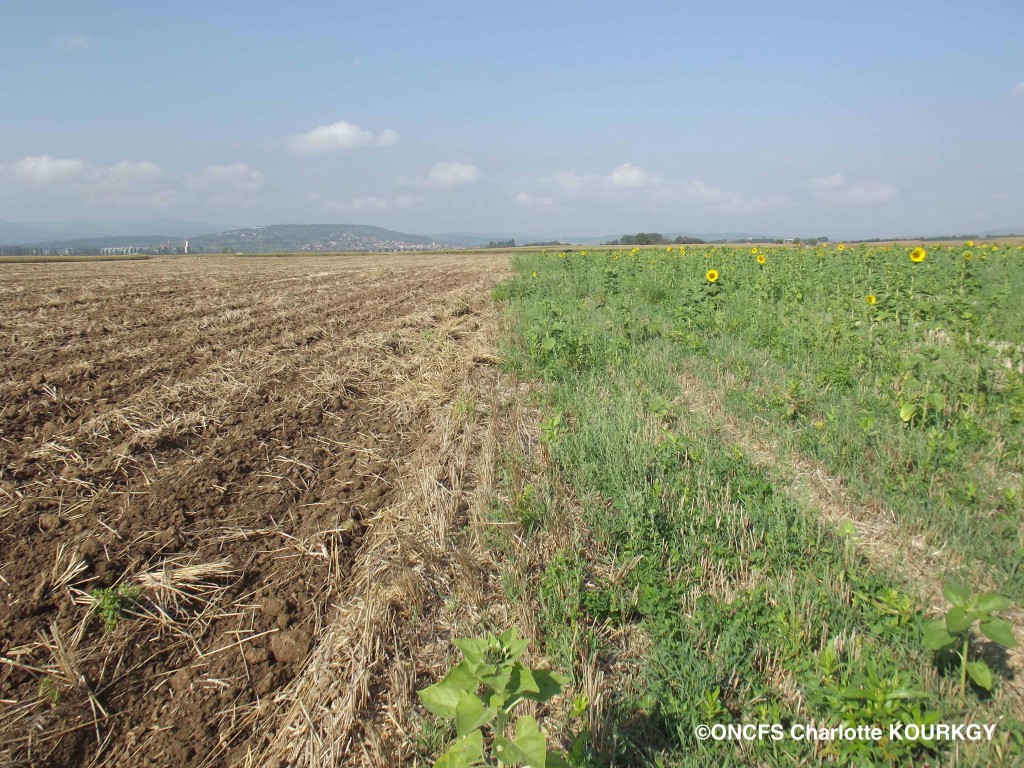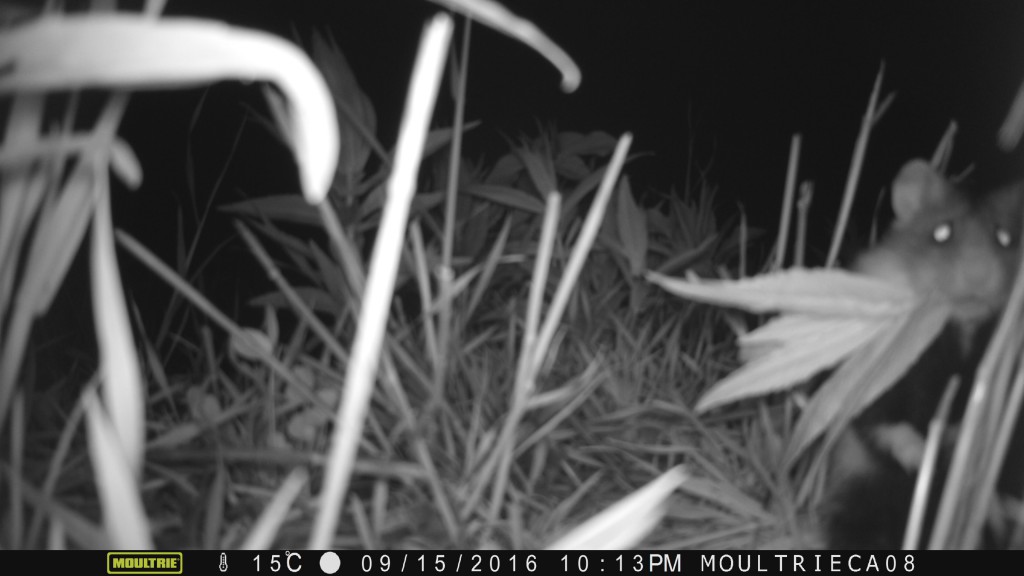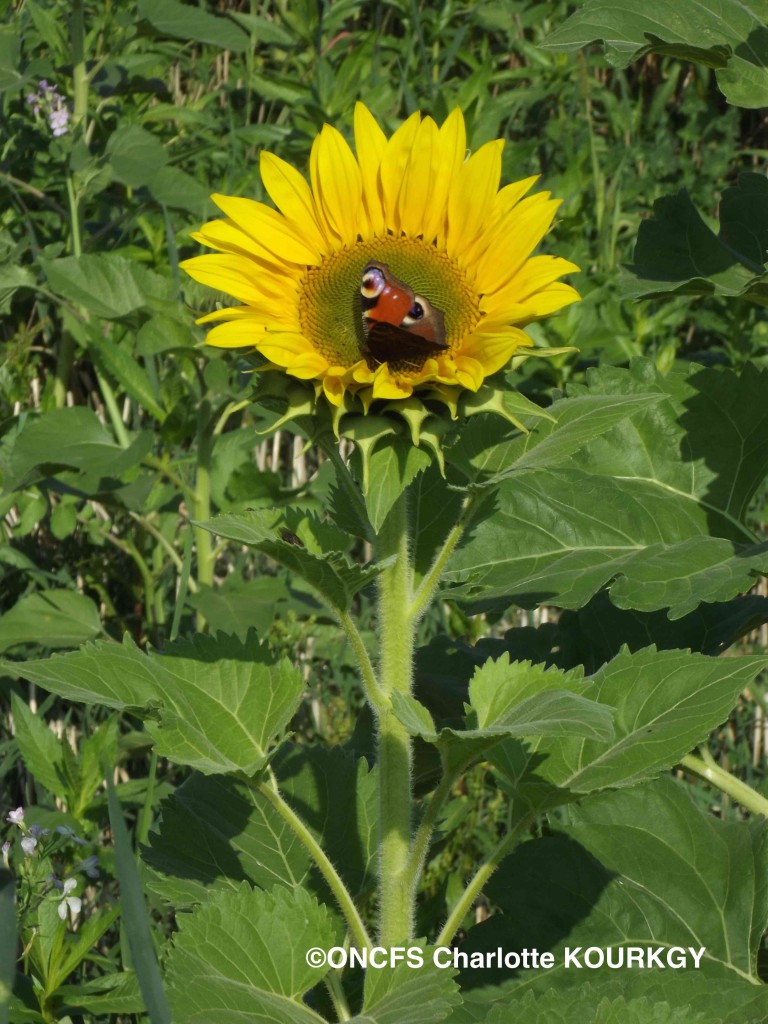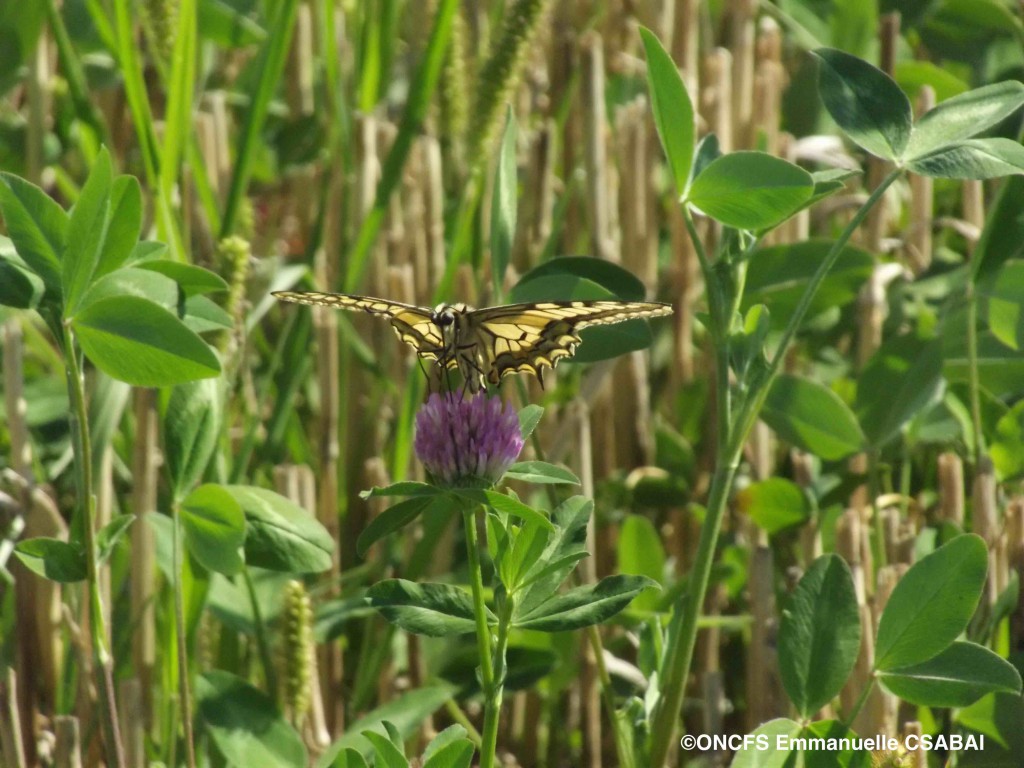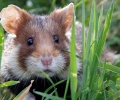Sowing a vegetation cover as quickly as possible after the harvest to improve the European Hamster’s habitat!
26 décembre 2016As one of the LIFE ALISTER actions is to improve hamster habitat, LIFE partners are looking for agricultural practices that guarantee the presence of vegetation cover for the entire season of this rodent’s activity, meaning from April to October. This vegetation allows the European Hamster not only to eat, but also to hide from predators.
A vegetation cover, which is also mandatory in the framework of ground preservation, could play a very important role in European Hamster survival in the Alsatian plains. Several experimental practices have taken place since 2014 in the fields with farmers involved in this process. Depending on crops, constraints are not the same, whether from an agronomic or from a faunistics point of view.
- For maize, the critical period is from April, when the European Hamster finishes its hibernation period, up until the plant actually plays a protective role in covering the ground, in June. The idea here is to sow maize through another ground cover. Trials are still at an experimental stage, as maize is a plant that supports poorly competition for water with other species and very specific tools, such as the strip-till, are still not completely mastered.
- For wheat, the critical stage takes place after the harvest, in mid-July. An “Intermediate Crop”, or “Nitrate Trap,” called CIPAN, usually made using mustard, oats or vetch, is sowed after the harvest, as it plays an essential role in combatting nitrate pollution in ground and underground water
Photo taken at the end of September, both parcels grew wheat in 2016. On the right, the CIPAN was sowed nine days after harvest
The European Hamster enjoying ramtil leaves, a plant brought it with the intermediate culture, in an innovative parcel in Obernai.
Intermediate vegetation cover plays a key role for soil and biodiversity. The Agrifaune Network (including the ONCFS, the FNSEA, the National Federation of Hunters, and the Chamber of Agriculture’s Permanent Assembly), recommends sowing a vegetation cover of at least two to four species (for further information, click here). It is preferable to choose a mixture of plants as each species has its own special interest, whether agronomic (improving soil structure, mitigating runoff or erosion in winter or faunistics (vegetation cover to protect fauna, nectar-producing plants, etc.)
For LIFE ALISTER’s experimental innovative parcels, we chose a mixture of 26% of black oats (a graminaceous plant that is a source of energy and protein especially for the last litters), 26% of purple clover and 26% of crimson clover), legumes that hamsters really appreciate and that also fix nitrogen in the ground and resist well during the cold winter months), 11% of sunflower (rich in linoleic acid, an essential element for hamsters during their hibernation) and 11% of ramtil (a plant that resists drought, thus ensuring a vegetation cover during heat waves).
No particular agricultural techniques are required to bring the CIPAN sowing date forward. Its success of course depends on the weather, but this is always the case when farming, but above all it allows a vegetation cover beneficial to field animals to grow very quickly. Therefore, the entire LIFE Alister Project team strongly recommends sowing intermediate cultures as quickly as possible after harvest
A peacock butterfly on a sunflower
A European swallowtail butterfly on a clover flower
In September 2016, we observed many different insect species on our LIFE Alister experimental plots. Let’s not forget that insect pollinators play key roles in preserving biodiversity whilst also bringing in an ecological AND ECONOMIC contribution that is not insignificant. Eighty percent of the most important cultivated crops completely depend on animal pollinators*!
* L. Pfiffner and A. Müller, “Abeilles sauvages et pollinisation,” FIBL, Faits et chiffres, p. 8, 2007. / A.-M. Klein, B. E. Vaissière, J. H. Cane, I. Steffan-Dewenter, S. A. Cunningham, C. Kremen, and T. Tscharntke, “Importance of pollinators in changing landscapes for world crops.,” Proc. Biol. Sci., vol. 274, no. 1608, pp. 66, 95–96, 191, 2007.

